Blogs & News
We are focus on automotive wiring harness & connectors technology.
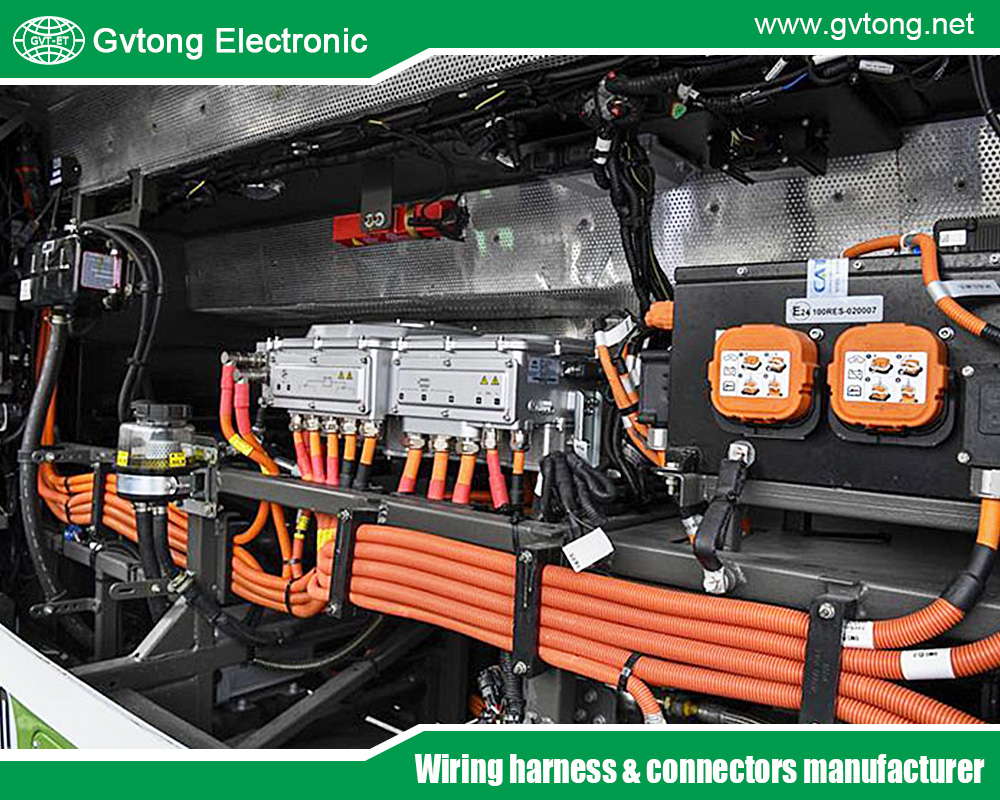
High Voltage EV Battery Connector For Electric Vehicles
- Gvtong Electronic
- 48V board net connectors, automotive antenna connector, automotive coaxial connector, automotive data connector, automotive diagnostic connector, automotive high - frequency, Automotive high - frequency connector, automotive hybrid connector, automotive optical fiber connector, automotive power distribution, Automotive power distribution connector, automotive vibration - resistant, Automotive vibration - resistant connector, automotive waterproof connectors, Automotive-grade AEC-Q200 connectors, battery connector, best high voltage EV battery connector, EV battery connector, Halogen-free automotive connectors, high voltage EV battery connector, Recyclable material connectors, Redundant safety connectors, Thermal management connectors, voltage EV battery connector, Wireless charging connectors
- No Comments
High Voltage EV Battery Connector For Electric Vehicles
The electric vehicle (EV) revolution is transforming the automotive landscape, propelled by the pressing need to curb carbon emissions and remarkable strides in battery technology. Central to every EV is its battery system, which dictates the vehicle’s range, performance, and efficiency. Yet, a battery alone cannot power an EV—it relies on a critical link to the vehicle’s electrical framework: the high voltage EV battery connector. These specialized components ensure the seamless and safe transfer of power from the battery to the drivetrain and other systems. As electric vehicles surge in popularity, driven by environmental priorities and technological innovation, high voltage connectors have become pivotal, sparking a wave of advancements in their design and application within the automotive industry.
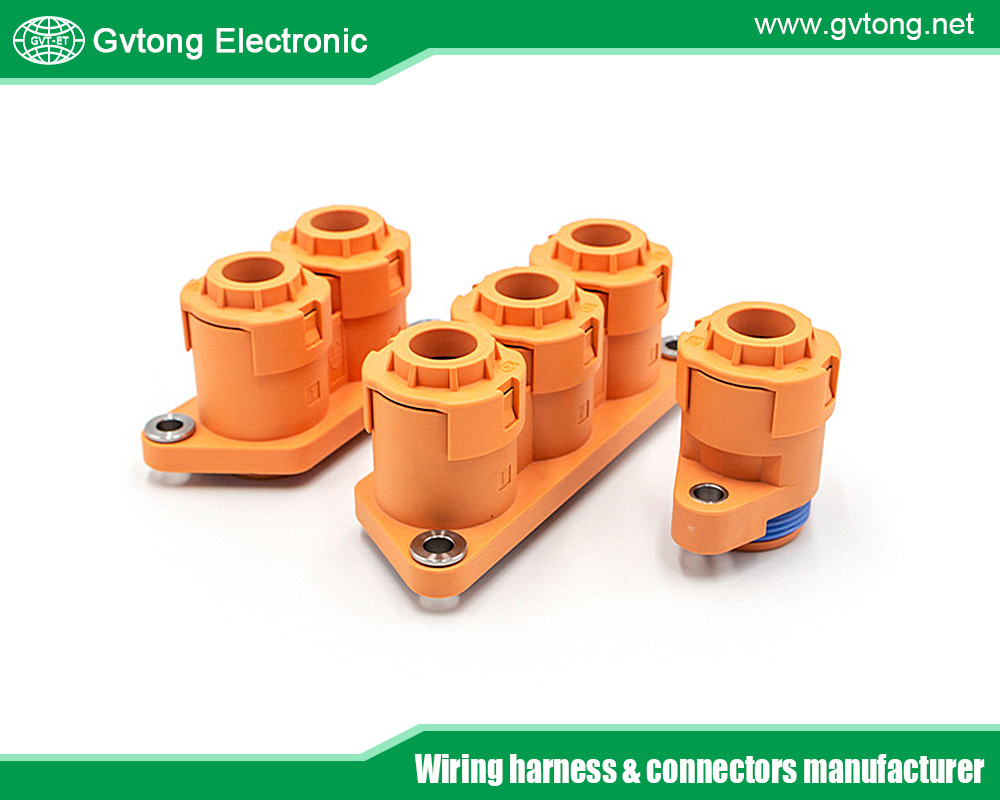
The Role of High Voltage Connectors in EVs are engineered to manage the substantial electrical demands of electric vehicles. Unlike conventional automotive connectors, which operate at modest voltages like 12V or 24V, EV connectors handle voltages ranging from 400V to 800V—or even higher in advanced systems. This elevated voltage is essential for delivering the power required for swift acceleration and extended driving ranges, but it also poses unique challenges in terms of safety, durability, and efficiency.
These connectors fulfill several vital roles:
- Power Transfer: They channel significant electrical energy from the battery to the motor and other high-power components, ensuring the vehicle operates effectively.
- Safety: They are designed to prevent electrical arcing, short circuits, and other risks that could result in fires or system failures.
- Durability: Built to endure harsh automotive conditions, they resist temperature extremes, vibrations, moisture, and chemical exposure.
- Efficiency: They minimize energy loss during transmission, optimizing the vehicle’s range and performance.
Given these requirements, high voltage EV battery connectors are meticulously crafted, often incorporating cutting-edge materials and designs to meet the rigorous standards of the EV sector.
Technical Aspects of High Voltage EV Battery Connectors
What Makes a Connector “High Voltage”?
In the realm of electric vehicles, a connector is deemed “high voltage” when it can safely manage voltages exceeding 60V DC—a threshold where electrical shock becomes a notable hazard. In practice, however, EV battery connectors typically operate at much higher levels, between 400V and 800V, with some next-generation systems approaching or surpassing 1000V. These elevated voltages enable rapid charging and efficient power delivery, necessitating advanced design features to maintain safety and reliability.
Key Design Features
High voltage EV battery connectors stand apart from standard connectors due to several specialized attributes:
- Insulation and Shielding: To mitigate electrical arcing and ensure safety, these connectors employ high-dielectric-strength plastics, rubber seals, and shielding techniques to block moisture and protect users.
- Contact Materials: High-conductivity metals such as copper or silver form the contacts, often coated with gold or tin to enhance conductivity and resist corrosion.
- Locking Mechanisms: Robust locking systems prevent accidental disconnection—a critical safety feature at high voltages—ensuring a secure and stable link.
- Thermal Management: High currents produce heat, so connectors incorporate heat-resistant materials or cooling systems to maintain performance.
- Standardization: Adherence to standards like the Combined Charging System (CCS) or CHAdeMO ensures compatibility across vehicles and charging infrastructures.
Types of High Voltage EV Battery Connectors
Several connector types cater to specific functions within an EV:
- Battery Pack Connectors: These link battery modules within the pack and connect to the vehicle’s power distribution system, handling the highest currents and voltages.
- Charging Connectors: Used at charging stations, these connectors support various standards and manage high power for fast charging.
- Motor Connectors: Connecting the battery to the electric motor, they require high current capacity and resilience against heat and vibration.
- Inverter Connectors: Linking the battery to the inverter (which converts DC to AC for the motor), they demand high voltage handling and signal integrity.
Each type is tailored to its role, yet all prioritize safety, reliability, and efficiency.
Industry Leaders and Innovations
The development of high voltage EV battery connectors is led by industry giants such as TE Connectivity, Aptiv, and Amphenol, each contributing groundbreaking solutions. For instance:
- TE Connectivity’s HV-400 Series: Designed for high-power EV applications, this compact connector supports up to 400A, balancing performance with space efficiency.
- Aptiv’s HPC Series: A modular high-power connector, it integrates seamlessly into diverse vehicle designs, enhancing flexibility.
- Amphenol’s RADSOK Technology: This innovation boosts current capacity through a unique contact design that maximizes surface area.
These companies are driving progress by exploring innovations like wireless charging connectors—eliminating physical plugs—and smart connectors with monitoring capabilities, poised to elevate EV safety and convenience.
Challenges and Solutions in High Voltage Connector Design
Creating high voltage EV battery connectors presents several hurdles:
- Thermal Management: High currents generate heat that can compromise performance. Solutions include advanced materials like liquid silicone rubber (LSR) for heat dissipation and integrated cooling channels.
- Size and Weight: EVs demand lightweight, compact components for efficiency. Manufacturers use high-strength, lightweight materials and multi-functional designs to meet this need.
- Safety: Preventing electrical hazards is paramount. Touch-safe designs, automatic disconnection features, and rigorous testing address these concerns.
- Cost: The complexity of these connectors raises production costs. Streamlined manufacturing and cost-effective materials help balance affordability with quality.
Despite these challenges, progress is evident. Standardized designs reduce costs and enhance compatibility, while material advancements yield lighter, more durable connectors.
The Future of High Voltage EV Battery Connectors
As the EV market expands, high voltage battery connectors will evolve to meet rising demands. Key trends include:
- Higher Voltages: Future EVs may exceed 1000V for faster charging and efficiency, requiring connectors to adapt accordingly.
- Smart Integration: Connectors with sensors and communication features could monitor status, detect faults, and optimize power flow.
- Sustainability: Eco-friendly, recyclable materials will align with the industry’s green goals.
- Wireless Power Transfer: Though nascent, wireless charging could eventually replace physical connectors, simplifying the user experience.
These developments underscore the dynamic evolution of high voltage connectors and their critical role in the EV ecosystem.
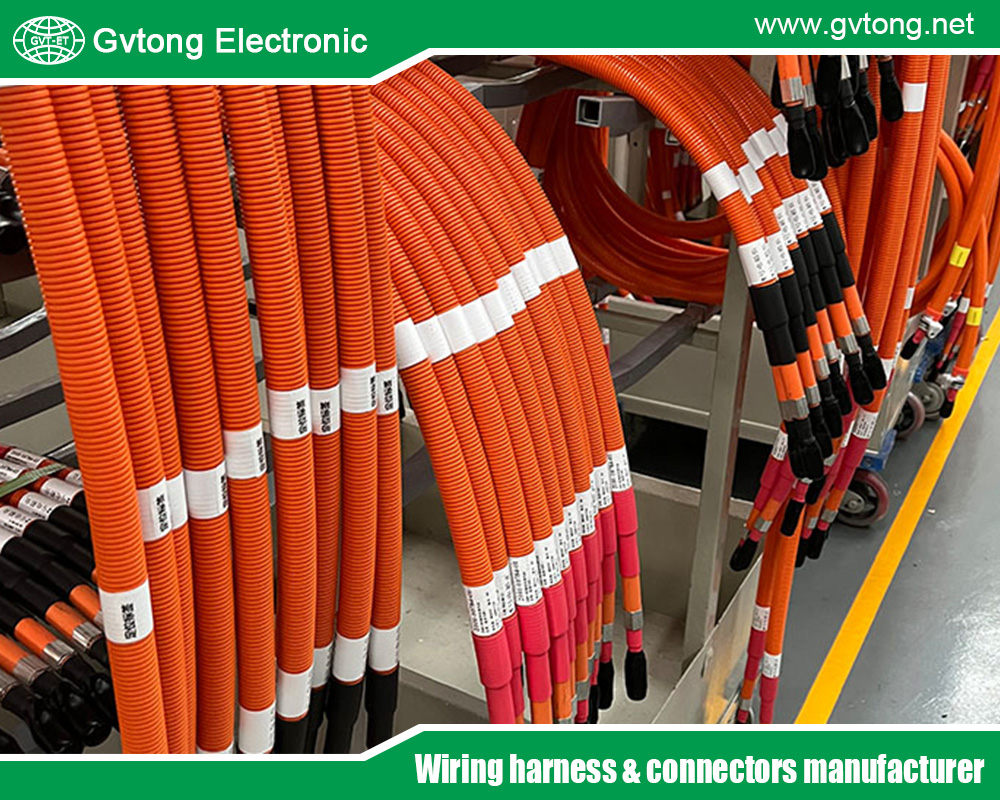
Conclusion
High voltage EV battery connectors are indispensable to the electric vehicle revolution, enabling the safe, efficient transfer of power that drives modern EVs. As electric vehicles proliferate, these connectors will remain a cornerstone of automotive innovation, supporting advancements in safety, charging speed, and efficiency. With industry leaders pushing technological boundaries and emerging trends shaping their future, high voltage connectors are set to power the next era of sustainable transportation.
For more about the best high voltage EV battery connector for electric vehicles, you can pay a visit to Gvtong at https://www.gvtong.net/ for more info.
Recent Posts
The Best GR Series-Circular Connectors Manufacturer
The Best GD Series Combined Power Connector Manufacturer
A Guide to Selecting the Best GH Series Plastic Connector Manufacturer
How High Pressure Connectors Work?
The Best Automotive Connector Companies
Tags
Recommended Products
-
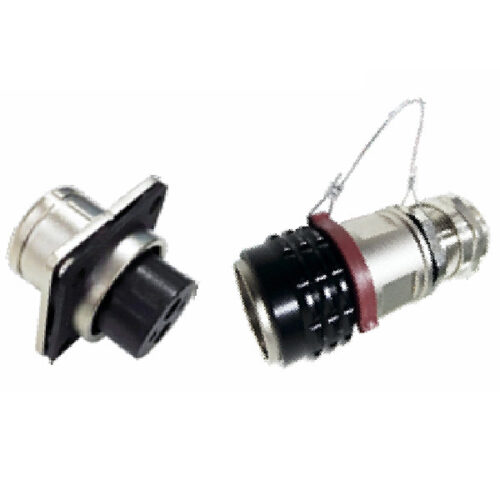
GT Series-2-core/3-core Signal Connector
-
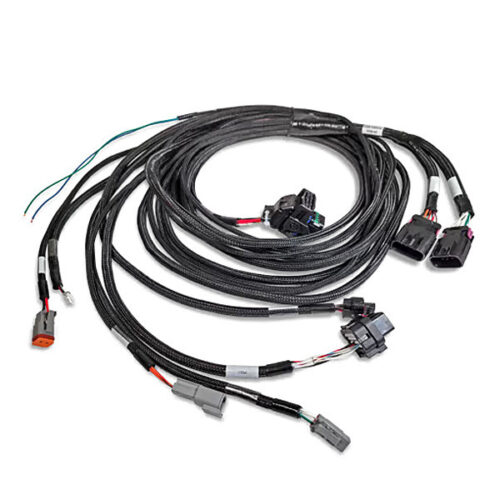
Automotive low pressure wiring harness
-
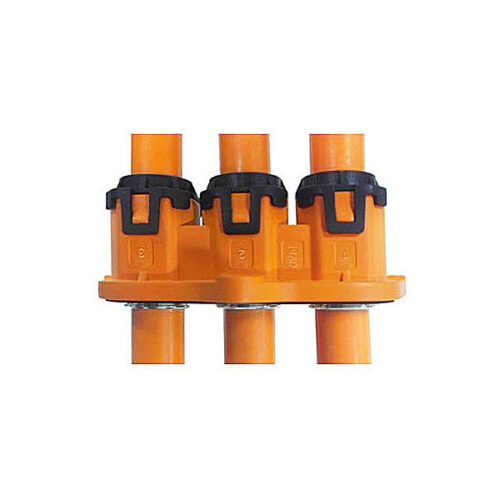
Automotive 3-Core Plastic Via Connector, 3-Pin Automotive DC Connectors, Automotive Plugs Cnd Connectors
-
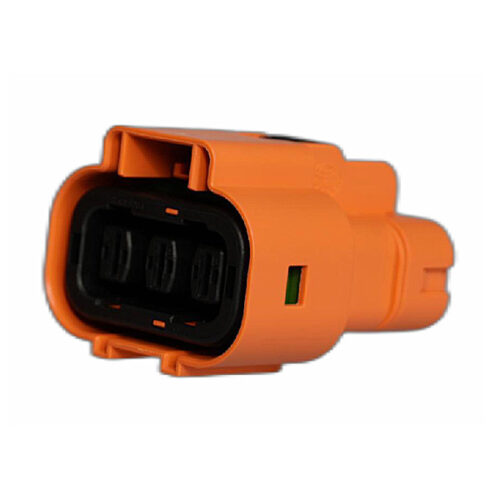
H630 Series-3-core plastic high voltage connector
-
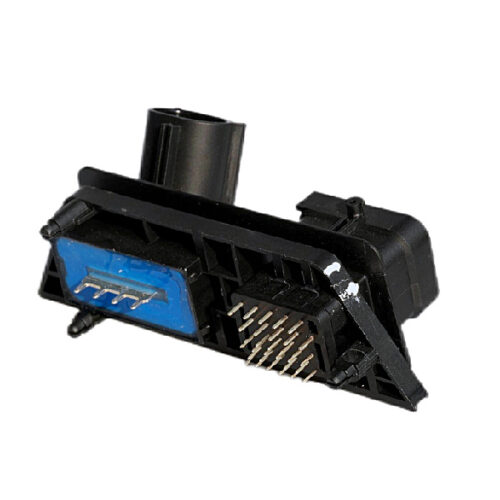
GE Series-33-core Signal Connector
-

GE Series-32-core Low Voltage Connector-Socket+Plug
-

GE Series-32-core rectangular connector
-
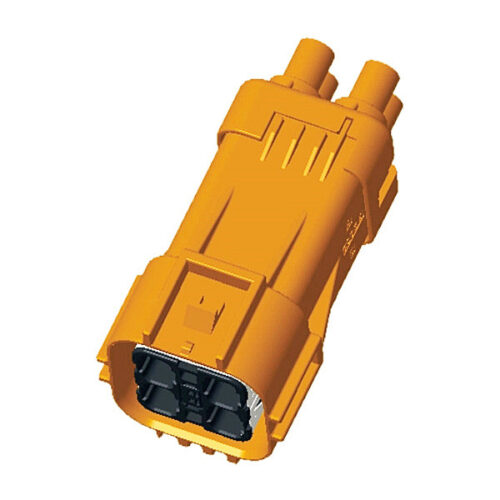
High voltage connector-GH630 series-4P
